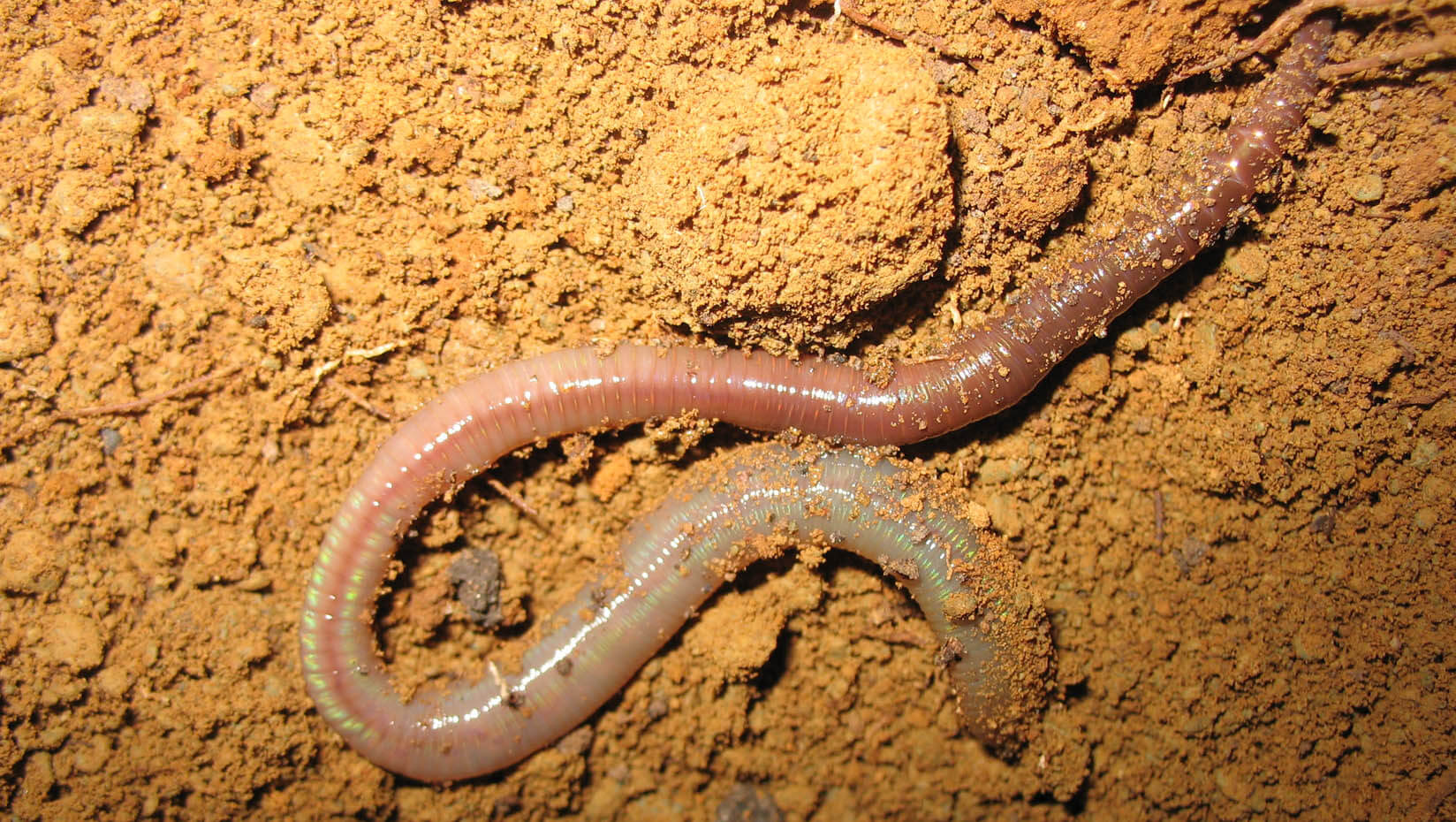
UMaine scientists discover invasive earthworms in Aroostook forestland
University of Maine researchers discovered invasive earthworms in Aroostook County timberlands, one of the first reported sightings in Northern Maine forests.
European earthworms have invaded forestland near the Seven Islands campsite on the St. John River and along Route 11 in Nashville Plantation, according to scientists from the UMaine School of Forest Resources. According to researchers, the non-native earthworms from both forestland locations are part of the Aporrectodea or Octolasion genus. The Nashville Plantation samples also contained earthworms from the Lumbricus genus.
Joshua Puhlick, a research associate with the School of Forest Resources, led the study that confirmed the existence of invasive earthworms at two of three Northern Maine forest research sites. Ivan Fernandez, a professor of soil science and forest resources and cooperating professor in the Climate Change Institute, and Jay Wason, an assistant professor of forest ecosystem physiology, also worked on the study.
Invasive earthworms have been found in Aroostook County three other times — once in 1954 and twice in 1979. The more recent discoveries of earthworms in forests in Maine’s northernmost county are concerning because earthworms can alter forest ecosystem function, Puhlick says. Non-native earthworms have been documented more frequently in Southern Maine.
Researchers’ investigation also found that locations with earthworms at Seven Islands and Nashville Plantation had lower organic horizon carbon stocks than forests with a similar composition of tree species. Earthworms consume organic matter in the forest soil, which can threaten forest health and biodiversity.
The journal Forests published a report of the team’s findings.
“Non-native earthworms cause abrupt changes in forest ecosystems and influence forest health, and many natural resource managers are becoming increasingly alarmed about the presence of earthworms in Maine forests,” Puhlick says.
Researchers collected soil samples from quantitative soil pits and established plots for measuring forest attributes at three research sites. European earthworms were found across all 18 plots at Nashville Plantation and in two out of 15 plots at the Seven Islands. The team also conducted research at a forestland located near Sauls Brook west of Eagle Lake, but found no signs of invasive earthworms there.
Invasive earthworms can find their way into forests by being transported on logging equipment or from fishermen who use earthworms as bait and discard them. Other research across National Parks has shown earthworms typically favor habitats with high soil moisture and warming air temperatures have been correlated with an increase in their presence across northeastern forestland.
“Warming winter temperatures and increasing annual precipitation will likely increase the success of new earthworm introductions across the forests of northern Maine,” Puhlick says.
At Seven Islands timberlands earthworms were found across a portion of the forest, and the median organic horizon carbon stock in the area with earthworms was 34% less than that of areas without earthworms. Puhlick says some studies refer to the organic horizon as the forest floor. At Nashville Plantation earthworms were found across the entire forest and the median organic horizon carbon stock was 39% less than that of a similar forest without earthworms.
The organic horizon of the forest soil helps facilitate plant growth by buffering forest soil from extreme high temperatures and decreasing the frequency of soil moisture reduction during drought and freeze-thaw events, according to researchers. With the ability to consume the entire forest floor, European earthworms can also expose forest soil to increased soil erosion and alter soil nutrient cycles.
Forestland in Northern Minnesota that became home to non-native earthworms experienced similar initial changes in soil properties as the sampling plots where worms were found in timberlands at Nashville Plantation and Seven Islands, according to the UMaine team. The Minnesota research sites experienced an 85% decline in forest floor biomass and thickness over 17 years.
“Non-native earthworms cause changes in forest ecosystems by altering soil properties and depleting or redistributing soil carbon stocks,” Puhlick says.
Monitoring soil carbon levels in Northern Maine forests with European earthworms can help determine their effect on carbon sequestration, according to the UMaine team of scientists. They also recommend developing best management practices to minimize introducing more of these non-native invertebrates.
Contact: Marcus Wolf, 207.581.3721; marcus.wolf@maine.edu
